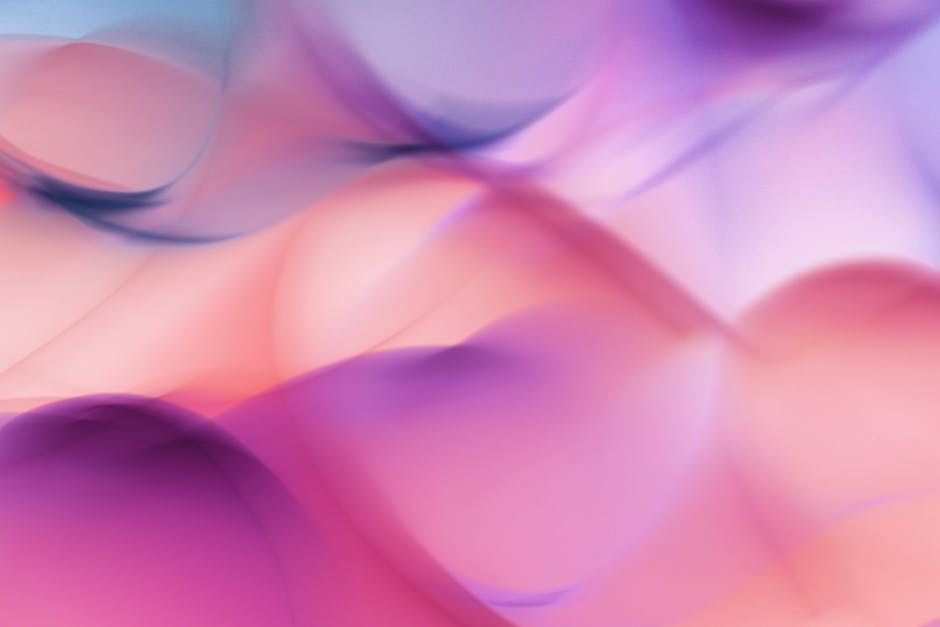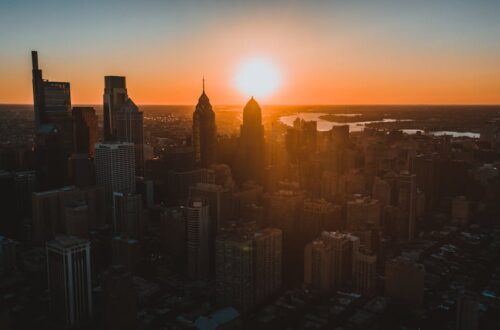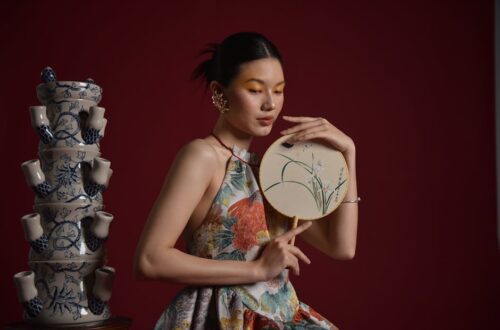Scene flow theory has revolutionized how we understand modern animation, particularly in Oscar-winning films like Flow. This groundbreaking concept represents the three-dimensional movement and transition between scenes that creates a cohesive narrative experience for viewers. While many casual moviegoers might simply enjoy the surface-level storytelling, dedicated fans and film theorists have uncovered a sophisticated visual language system that operates beneath Flow’s seemingly simple animation style.
Unlike traditional animated features that maintain consistent visual approaches throughout their runtime, Flow dynamically shifts its composition style depending on the emotional and thematic context of each scene. This deliberate technique has sparked numerous fan theories suggesting the film operates on a complex four-pillar visual system that communicates different emotional states and narrative developments to viewers on a subconscious level.
The Center Framing Pillar: Emotional Focus and Internal Harmony
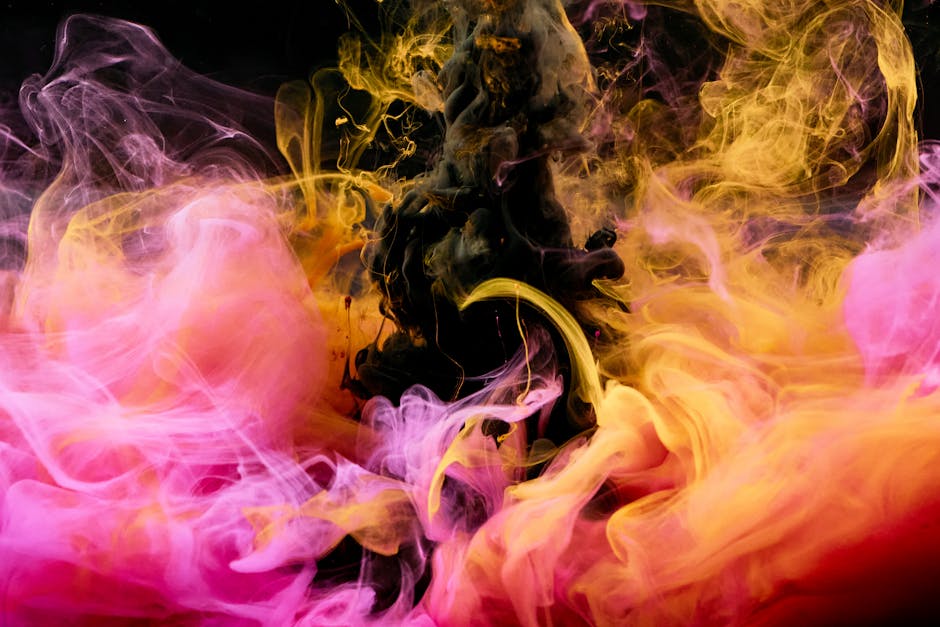
Photo by cottonbro studio on Pexels
The first pillar of Flow’s visual language system involves the strategic use of center framing during moments of intense emotional significance. When directors want viewers to feel deeply connected to a character’s internal experience, they position them directly in the center of the frame. This technique creates an immediate intimacy that bypasses intellectual barriers and speaks directly to our emotional core.
Fan theorists have observed that center framing appears most prominently during the protagonist’s moments of clarity or internal harmony. The symmetrical composition creates visual balance that reflects the character’s emotional state. This is particularly evident during pivotal character development scenes where important realizations occur.
What makes this technique especially powerful is how it contrasts with other framing choices throughout the film. When characters experience confusion or conflict, they’re typically positioned asymmetrically or at the edges of the frame. The transition to center framing therefore signals to viewers—often subconsciously—that a moment of emotional or narrative significance is occurring.
Some of the most dedicated Flow enthusiasts have mapped every instance of center framing throughout the film, revealing what appears to be a deliberate pattern that mirrors the protagonist’s emotional journey. These patterns suggest that center framing isn’t simply an aesthetic choice but a carefully constructed visual language that enhances the storytelling in ways that dialogue alone cannot achieve.
The Rule of Thirds: Character Relationships and Environmental Context
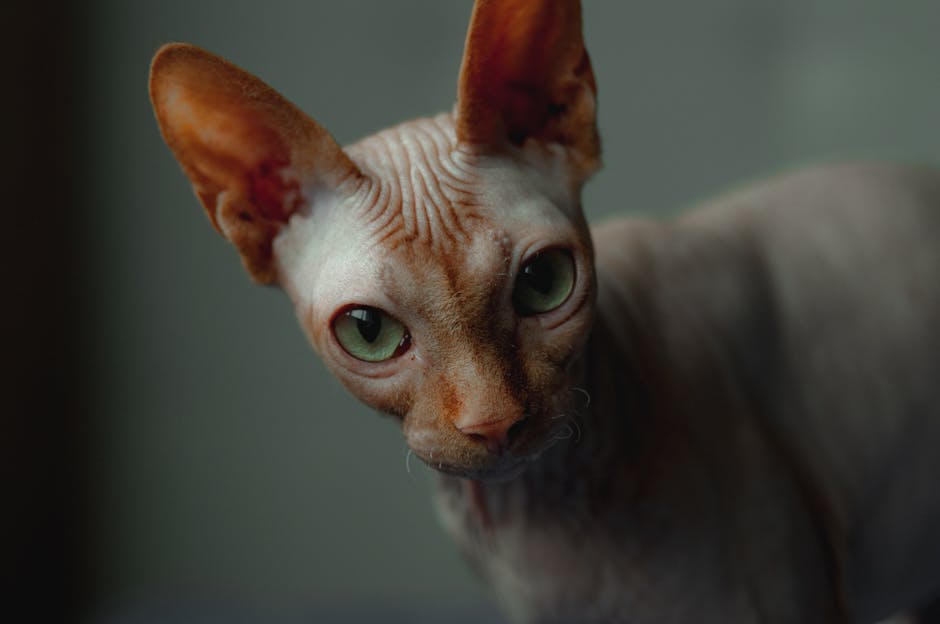
Photo by Eduard Sheryshev on Pexels
The second pillar utilizes the classic cinematographic principle known as the rule of thirds, which appears primarily during scenes involving character interactions or when characters exist within larger environments. This balanced composition technique creates visual harmony while simultaneously suggesting the character’s place within a broader context.
What’s fascinating about Flow’s application of this principle is how it subtly communicates the relationship between characters and their environment. Fan theories suggest this compositional choice represents the character’s relationship with external forces—either in harmony or in conflict. When characters are positioned along the left third-line, they often represent the past or established ideas, while positioning along the right third-line frequently introduces new concepts or future possibilities.
The intersection points of these third-lines (known as power points in cinematography) are particularly significant in Flow. Important objects or character features (especially eyes) placed at these intersections draw viewer attention and emphasize their narrative importance. Some fan theorists have documented how these power points consistently highlight objects or character features that later become crucial to the plot, effectively foreshadowing developments through visual composition alone.
Perhaps most intriguing is how the rule of thirds shifts throughout the film’s three acts. Early scenes tend to position characters along vertical third-lines, creating a sense of stability and establishing the status quo. As the narrative progresses into conflict, characters more frequently appear along horizontal third-lines, visually representing their journey and movement through the story. By the film’s resolution, characters often appear at intersection points, suggesting a harmonious integration of their journey’s lessons.
The Shot Type Progression: Mathematical Patterns and Emotional Proximity

The third pillar of Flow’s visual language involves the strategic use of different shot types to shape our perception of characters and their emotional states. This technique creates a visual rhythm that guides viewers through the narrative while subtly influencing their emotional connection to the characters.
Wide shots in Flow consistently emphasize moments of loneliness or insignificance by making subjects appear small within overwhelming environments. These shots often appear at the beginning of character arcs or during moments of defeat, visually communicating the character’s relationship to their world. Mid shots ground viewers in relationships and context by highlighting interactions and body language, typically appearing during dialogue or collaborative scenes. Tight shots pull viewers in close, focusing on emotions and subtle expressions in the eyes, creating moments of intense intimacy during emotional climaxes.
What has particularly captivated fan theorists is the mathematical precision with which these shot progressions unfold. Several analysis videos have demonstrated that the timing and sequence of these different shot types follow patterns related to the golden ratio, creating a subconscious visual harmony that feels naturally pleasing to viewers. This mathematical underpinning to the film’s visual language suggests an extraordinary level of intentionality in its design.
Some of the most compelling fan theories suggest that tracking the progression from wide to tight shots throughout specific character arcs reveals hidden narrative patterns. For instance, the protagonist’s journey consistently follows a wide-mid-tight-mid-wide pattern during each major story beat, creating a visual representation of the classic hero’s journey structure. This pattern creates a sense of completion and satisfaction when the character returns to their starting point, but now transformed by their experiences.
The Eye Position Consistency: Hidden Patterns and Subconscious Flow
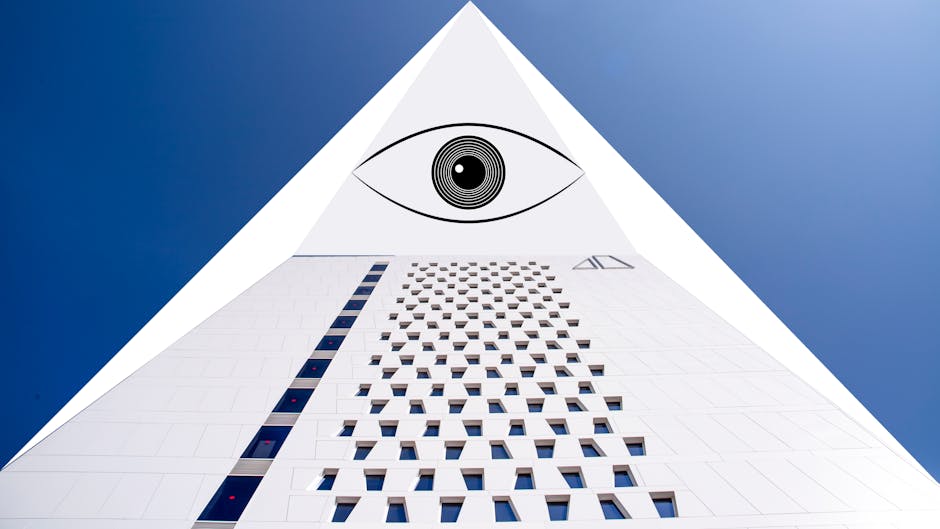
Photo by Renato Rocca on Pexels
The fourth pillar—perhaps the most technically impressive aspect of Flow’s visual language—maintains consistent eye position across multiple shots. If a subject is framed on the left in one shot, it often stays there in the next or is replaced by another equally important subject in the same position. This consistency keeps the viewer’s eyes steady, making cuts feel smoother and transitions more natural.
Scene flow theory suggests that this technique works because it maintains the audience’s perception of continuous motion through space and time, even when the camera position changes dramatically between shots. Our brains process these transitions as coherent scene flow, allowing us to follow the narrative without disorientation. In computer vision research, scene flow is defined as the three-dimensional motion field of points in the world, analogous to how optical flow represents two-dimensional motion in images.
Some of Flow’s most dedicated fans have theorized that tracking these eye positions throughout the film reveals hidden patterns that foreshadow plot developments. By mapping the movement of the viewer’s eye across sequences, they’ve identified what appear to be deliberate visual motifs that correspond to narrative themes. For example, circular eye movement patterns often precede moments of character realization or epiphany, while linear patterns frequently appear during action sequences or moments of determination.
What makes this aspect of Flow’s visual language particularly remarkable is how it operates almost entirely on a subconscious level. Most viewers never consciously notice these consistent eye positions, yet they contribute significantly to the film’s smooth, engaging quality. This subliminal approach to visual storytelling represents a sophisticated understanding of human perception and demonstrates why Flow has been praised for its seemingly effortless narrative flow.
The Integration of Modern Technology: Scene Flow Computation in Animation
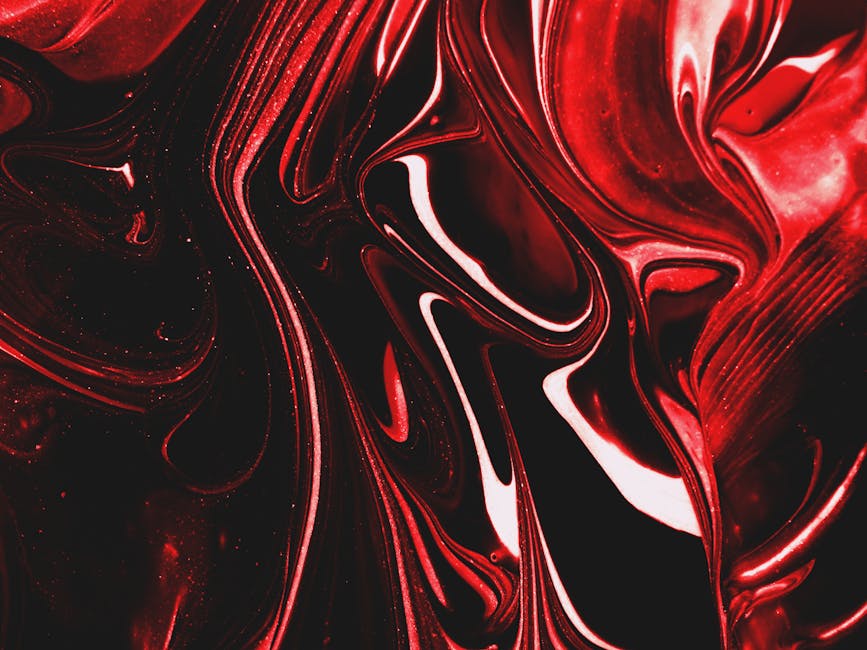
Photo by Anni Roenkae on Pexels
Beyond the four pillars of visual language, Flow incorporates cutting-edge scene flow computation techniques that have revolutionized modern animation. Scene flow represents the three-dimensional movement field of points in the world, and its application in Flow creates a uniquely immersive viewing experience.
Fan theories about the film’s production suggest that director Gints Zilbalodis employed specialized scene flow algorithms to ensure that character movements and environmental elements maintain perfect spatial coherence throughout the film. This technical achievement allows for the seamless integration of characters with their surroundings, creating a unified visual world that feels consistently believable despite its stylized animation.
What’s particularly fascinating about Flow’s use of scene flow computation is how it enhances traditional animation principles. The film combines modern technology with classic techniques like match cuts and continuity editing, maintaining the audience’s perception of continuous motion through space and time. These methods work because they preserve coherent scene flow, allowing viewers to follow the narrative without disorientation even during dramatic camera position changes.
Some of the most technically-minded fan theories suggest that Flow’s animation team developed proprietary scene flow algorithms specifically for the film. These algorithms reportedly allowed for more efficient animation production while maintaining the high-quality movement that gives the film its distinctive fluidity. If true, this would represent a significant technical innovation in animation production, potentially influencing future projects throughout the industry.
The Mathematical Underpinnings: Golden Ratios and Visual Harmony

Perhaps the most intellectually stimulating fan theories about Flow involve the mathematical principles that appear to govern its visual composition. Multiple analysis videos and articles have identified the consistent use of the golden ratio (approximately 1.618) in the film’s framing, timing, and visual progression.
The golden ratio has been used in art and architecture for centuries due to its naturally pleasing proportions. In Flow, this mathematical principle appears in everything from the composition of individual frames to the timing between cuts and the progression of shot types. Some theorists have even suggested that the film’s entire narrative structure follows a Fibonacci sequence (closely related to the golden ratio), with key plot points occurring at mathematically determined intervals.
What makes this theory particularly compelling is the precision with which these mathematical principles appear to be applied. Frame-by-frame analysis reveals consistent golden ratio proportions in character positioning, environmental design, and movement patterns. This mathematical underpinning creates a subconscious visual harmony that contributes significantly to the film’s satisfying flow.
Some fan theorists have gone even further, suggesting that Flow contains hidden mathematical puzzles or codes that reveal additional layers of meaning when decoded. While these more speculative theories lack definitive proof, they speak to the extraordinary depth and intentionality that viewers perceive in the film’s visual design. Whether or not these mathematical elements were consciously incorporated by the filmmakers, their presence contributes to the film’s uniquely harmonious visual experience.
The Cultural Impact: How Flow’s Visual Language Influences Modern Animation

Photo by cottonbro CG studio on Pexels
Since its release, Flow’s innovative visual language has sparked considerable discussion among animation professionals and influenced a new generation of animated projects. The film’s sophisticated use of scene flow theory has raised the bar for visual storytelling in animation, encouraging filmmakers to consider how visual composition can enhance narrative beyond mere aesthetic appeal.
Fan communities dedicated to analyzing Flow’s visual techniques have emerged across various platforms, sharing frame-by-frame breakdowns and theories about the film’s hidden visual patterns. These communities have developed increasingly sophisticated tools for visual analysis, allowing for more detailed examination of the film’s compositional choices and their narrative significance.
What’s particularly notable about Flow’s cultural impact is how it has bridged the gap between technical animation discussions and mainstream audience appreciation. While the average viewer might not consciously recognize the four-pillar visual system, the film’s extraordinary critical and commercial success suggests that these techniques resonate with audiences on a fundamental level. This demonstrates the power of thoughtful visual language to enhance storytelling even when operating primarily on a subconscious level.
Some animation studios have reportedly begun incorporating similar visual language systems into their own projects, suggesting that Flow’s influence will continue to shape animation for years to come. While few productions have attempted to implement all four pillars simultaneously, elements of Flow’s approach to center framing, rule of thirds, shot progression, and eye position consistency have appeared in several recent animated features and series.
Conclusion: The Enduring Mystery of Flow’s Visual Storytelling
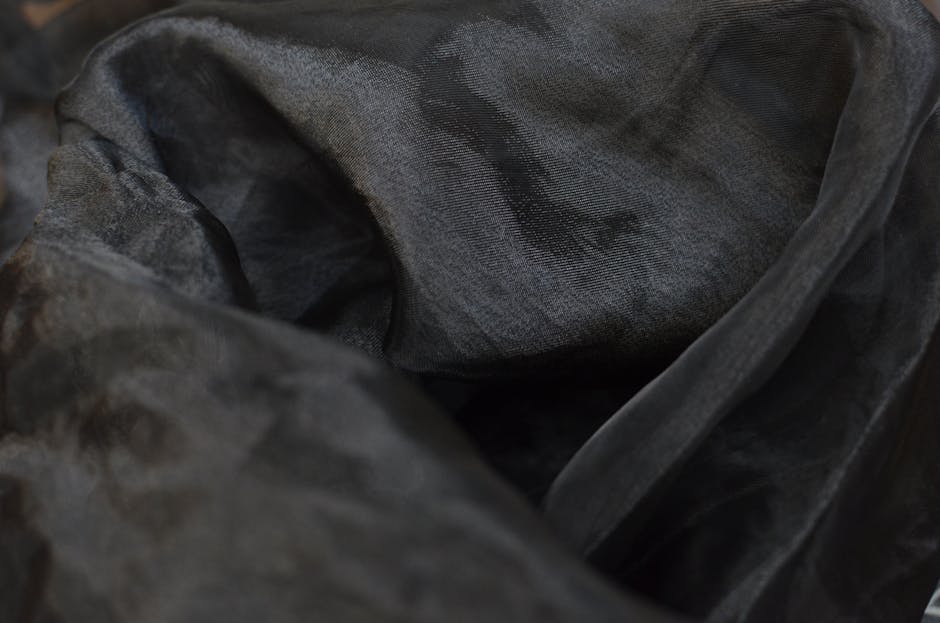
Photo by Skylar Kang on Pexels
The four pillars of Flow’s visual language represent one of the most fascinating examples of sophisticated visual storytelling in modern animation. Through center framing, rule of thirds composition, strategic shot type progression, and consistent eye position, the film creates a uniquely cohesive viewing experience that enhances its narrative on multiple levels.
What makes these scene flow theories particularly compelling is how they reveal the extraordinary intentionality behind what might initially appear to be simple animation. Every frame, cut, and composition choice serves the narrative, creating a visual experience that communicates on both conscious and subconscious levels. This multilayered approach to visual storytelling helps explain why Flow resonates so deeply with diverse audiences.
While some of the more speculative fan theories about hidden messages or codes within the film’s visual language remain unconfirmed, the documented patterns in its composition are undeniable. Whether these patterns were meticulously planned by the filmmakers or emerged organically through the creative process, they contribute significantly to the film’s unique quality and enduring appeal.
As animation technology continues to evolve, Flow stands as a testament to the power of thoughtful visual language to enhance storytelling. Its four-pillar system demonstrates that even in an era of increasingly sophisticated animation techniques, the fundamental principles of visual composition remain essential to creating meaningful connections with audiences. For fans and filmmakers alike, Flow’s visual language offers a fascinating case study in the art and science of cinematic storytelling.
Sources
- https://scenlo.com/the-evolution-of-scene-flow-from-basic-motion-tracking-to-modern-filmmaking-techniques/
- https://library.fiveable.me/screenwriting-i/unit-7/transitions-scene-flow/study-guide/X7pHV2t2fPOgzzcU
- https://scenlo.com/the-hidden-dimensions-of-flow-exploring-the-untold-connections-in-oscar-winning-animation/
- https://www.youtube.com/watch?v=yw-a7buP4KA
- https://www.ri.cmu.edu/project/scene-flow/
